Teeth in children begin to change at the age of 5-6 years. The roots of milk teeth are absorbed, they gradually fall out, and in their place permanent molars are formed. The first staggering milk tooth is always a big event for both the child and his parents.
Only adults have new questions. Do I have to rush to remove a baby tooth? If so, how to do it right - should I go to the dentist or can I handle it on my own? In this article you will find the answers.
Why milk teeth are important and is it worth rushing to remove them
Changing teeth is a long process that takes more than one month and even more than one year. It can last even up to 15 years. Permanent molars usually grow in the order in which the milk teeth fall out.
In most cases, the natural process of changing teeth proceeds normally, there are no complications, therefore, no intervention by doctors is required. It happens that the process is slightly delayed. Experts say that you should not worry, there is no pathology in this.
If a year after the loss of the milk tooth in its place did not begin to grow radical, then the child should be taken to the doctor.
When milk teeth begin to stagger, experts recommend not to rush to remove them. They perform important functions:
- Provide proper eruption and further placement in the mouth of molars.
- They help to develop chewing muscles.
- Preserve places in which molars will erupt in the future.
- Stimulate the normal growth and development of jaw bones.
That's why you can’t rush to pull out milk teeth and look for non-standard ways for this. On the contrary, you should try to keep them longer. At the same time provide the child with good nutrition and make sure that he regularly brushes his teeth.
We also read:12 effective ways to teach a child to brush his teeth
Possible complications after the extraction of a milk tooth ahead of time
The loss of a baby tooth is premature, if you need to wait more than a year before the molar erupts. This can lead to negative consequences for the child:
- Preserved baby teeth will quickly take the place of the fallen. The root will subsequently have nowhere to cut through, and other permanent teeth will appear randomly. So the child will have an occlusion, he will need a difficult and expensive treatment at the orthodontist.
- Often in such cases, the rate of development of the jaw changes. This leads to deformation of the entire dentition: the teeth simply do not have enough space, so they "climb" onto each other and bend.
- In the vacated hole in the gum, a bone scar may form, and atrophy of the alveolar region is not excluded. This creates difficulties for teething.
- There is a serious danger that the growth zone is injured and the normal development of the jaw is disrupted.
- Chewing load will increase, so the incisors may be damaged. Because of this, the masticatory muscles will not be sufficiently stimulated, and the molars will not grow properly.
What else threatens premature pulling out of a milk tooth:
- fracture or aspiration of the root;
- damage to the nerve and gums;
- squeezing a tooth into soft tissue;
- breaking off the alveolar process;
- trauma to adjacent teeth;
- dislocation of the jaw.
For these reasons, dentists resort to the removal of milk teeth only if there are special indications. Even if there are such indications, anyway, at first the specialist is looking for a way to preserve the tooth until the root begins to erupt.
If you can’t do without a dentist, choose it with great care - you can only trust a child with an experienced professional.
VIDEO: Consequences of early deciduous tooth extraction
Early removal is called premature extraction of a milk tooth long before the moment when a tooth of a permanent bite should cut through. After removal, the adjacent teeth move. An erupted tooth may not be in the correct position in the jaw, damage an adjacent tooth, or not erupt at all. Early removal of several deciduous teeth is often the cause of malocclusion. Therefore, if there is a need to remove milk tooth long before the teething is permanent, you should definitely consult an orthodontist doctor. Currently, there are devices, both removable and non-removable, preventing tooth displacement and deformation of the bite as a whole.
When is it necessary and when is it impossible to take a child to the dentist to remove a milk tooth?
Sometimes situations arise when a milk tooth has to be removed without waiting until it falls out by itself.
It is imperative to take the child to the dentist if:
- resorption of the root of the milk tooth is delayed, although the constant has already begun to grow;
- an inflammatory process occurs in the gum;
- the tooth is damaged so much that it cannot be restored;
- a fistula appeared on the gum;
- a cyst formed on the root;
- the tooth is injured;
- an x-ray showed that the root had already resolved, but the tooth, which should have already fallen out in time, was still loose;
- the child is very uncomfortable with a loose tooth.
The procedure has a number of contraindications:
- acute inflammatory processes in the oral cavity;
- infectious diseases (tonsillitis, whooping cough);
- vascular or malignant tumor at the location of the tooth.
The dentist must be very careful when removing a baby tooth to a patient who suffers:
- nervous disorders (problems with the central nervous system);
- kidney disease;
- cardiovascular pathologies;
- blood diseases.
Removal of deciduous teeth in the dental office - preparation of the child and procedure
You can entrust the removal of a milk tooth only to a pediatric dentist. This work requires special skills from a specialist. The fact is that milk teeth have thin alveolar walls, and their roots are thinner and longer than those of permanent ones.
It is also important for the doctor to take into account the presence of the rudiments of molars, the structural features of children's jaws, and a mixed bite.Just one wrong move is enough to damage the rudiments of permanent teeth.
Therefore, a pediatric dentist must be a true professional and observe extreme caution. Yes, and the child is a complex, capricious patient, and you need to contrive to find an approach to him.
The most important thing to do before visiting a dentist
- Morally prepare your child for a trip to dentistry. You won’t have to do this if you take him for routine examinations every 3-4 months.
- Check the reaction to anesthesia, namely those drugs that are anesthetized in your clinic. If the child has an allergy, you will find out about this and you can warn the doctor so that he chooses other medicines.
How does a dentist remove baby teeth?
If the root dissolves on its own, anesthesia is usually not used. A special gel is simply applied to the gum. In more serious cases, painkillers are used. They are injected into the gums with a syringe with a thin needle.
In the most difficult situations, general anesthesia is sometimes administered. Such a need arises if the child is intolerant of local anesthesia, purulent inflammation, mental disorders.
The milk tooth is removed according to the standard scheme:
- The dentist grasps the tooth by the crown part with forceps.
- Moves the tool along the equator of the tooth and fix it without pressure.
- Conducts lux and removes the tooth from the hole.
- Inspects the hole to make sure that all roots are removed, and inserts a sterile swab into it.
VIDEO: Removing a deciduous tooth from a dentist in 3 minutes
If several teeth were removed at once
For a number of reasons, for some babies, not one or two, but several teeth are removed at a time. In such cases, parents need to take care of the purchase of dentures. They are plates with artificial teeth. If the losses are very serious, the doctor may recommend crowns made of metal or plastic.
Using dentures or crowns, you will prevent the dentition of the child from shifting: molars will erupt where prescribed by nature.
A memo for parents who are going to lead the child to the dentist
- Do not tell horror stories and do not scare the child with dentists. The child will get scared, and you won’t make him go to the dentist even for his favorite chocolate bar.
- Begin to take the baby to the dental office directly "from the cradle." Do this regularly, then he will get used to the doctors and will not be very afraid of them.
- Going to treat your teeth, take the child with you to the office. Let the baby know that mom is not afraid, and the doctor does not hurt.
- Do not show the child that worry about him. Otherwise, your excitement will be transmitted to him.
- Stay close to your child when a tooth is removed. At this moment, he will need your support, and indeed it can happen in your absence.
We also read: Child and dentist: how to set up a child and successfully cure a tooth
Recovery after tooth extraction - important points
Each case is individual, therefore, it is always worth listening to the advice of a specialist (In detail for each specific case, recommendations are made, of course, by the specialist himself). Nevertheless, there are general recommendations that apply to most situations:
- Spitting out the swab with which the doctor covers the hole, you need only after 20 minutes, not earlier.
- Remind the baby that you don’t have to bite your cheek where you put the anesthesia. Otherwise, when her action ends, it will be pretty painful.
- The hole formed after tooth extraction will be filled with a blood clot. It will not allow dirt to penetrate into the open wound and help the gum to heal faster. Do not touch the hole or rinse your mouth to get rid of a blood clot. The gum should drag itself.
- Within two hours, it is not recommended to eat. Sometimes dentists advise to enjoy cold ice cream immediately after tooth extraction, but it’s better not to eat anything.
- Within two days, hot food and dairy products should be excluded from the menu.
- Until the gums heal, you can only brush your teeth with a soft brush.
- The next 2 days, the child is not recommended to swim and experience physical activity.
How to independently tear out a baby's tooth from a child at home, if he has almost fallen out
If the baby just recently began to stagger a tooth, it is too early to remove it. Such easy reeling is absolutely normal and should not be alarming.
5 methods that will help to pull out a baby’s milk tooth. You will learn how to tear out a baby’s milk tooth so that it is painless, fun and exciting!
If a child is disturbed by discomfort due to a tooth, it is worth going to the dentist. Inflammation, cysts, redness of the gums - these are also reasons to immediately visit a doctor.
In other cases, you just have to wait: when the time comes, the tooth will fall out by itself.
Be patient and try to save milk teeth until the molars begin to cut - then you do not have to go to the orthodontist.
If it’s time for the tooth to fall out, it has literally “hung on a string”, in the absence of contraindications, you can remove it at home. If you are confident in your abilities, and the baby is not afraid, stick to this algorithm:
- Give your child an apple or carrot. Perhaps the tooth will fall out while it bites. Do not give the child breadcrumbs and biscuits. Such food can hurt your gums. If the tooth remains in place, begin to remove it.
- Make sure that the tooth can be removed on its own. If it does not give in, it is better to seek the help of a dentist. Shake the tooth with your fingers to see if it is ready to be completely removed.
- Rinse your child's mouth with a chlorhexidine solution. Disinfect your hands and kapron thread with the same tool.
- If your child is very afraid of pain, treat his gum with a fruit anesthetic gel or spray. Such funds can be found in the pharmacy.
- Tie a nylon thread around the tooth. Distract the baby with something - and, pulling the thread sharply on yourself, pull out the tooth. Do not pull to the sides or too much. The child will be hurt, and there is a risk of damaging the gums.
- To restore, you need to do the same as after tooth extraction in the dental office. Insert a cotton swab into the resulting hole for 20 minutes. For two hours, do not feed the baby, and for the next 2 days give him soft food at room temperature and control physical activity.
What to do with a fallen tooth
There are 3 options:
- Let the baby leave a tooth under the pillow. At night, a tooth fairy will come for him and exchange it for a coin or some gift that you promised your child.
- You can give a tooth to a mouse. Then a strong and healthy molar will grow in place of the fallen milk.
- If you put a tooth on the windowsill, a dental owl will fly after it. Invite your child to write a note with desire, because this owl is not simple, but magical.
The first tooth lost is an exciting process, but keep calm. It depends on you how everything goes for the child. Tooth extraction can be a nightmare for an infant, or an interesting adventure involving fairy-tale characters.
The Most Unusual Ways To Pull A Baby Tooth 🙂
Removing a baby tooth floss at home

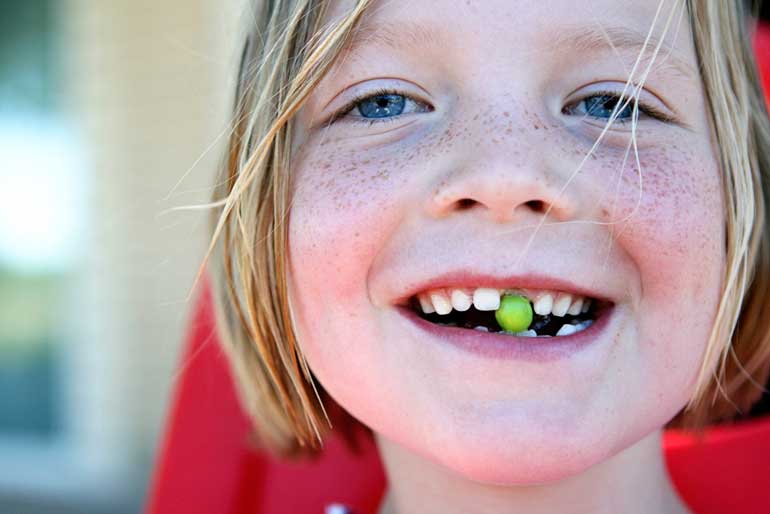
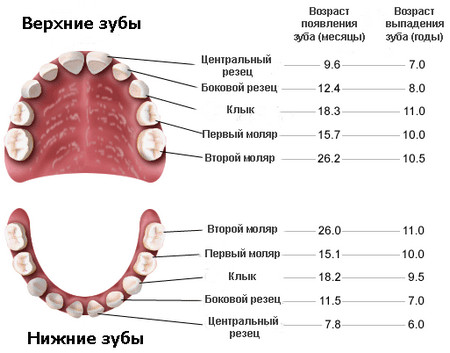
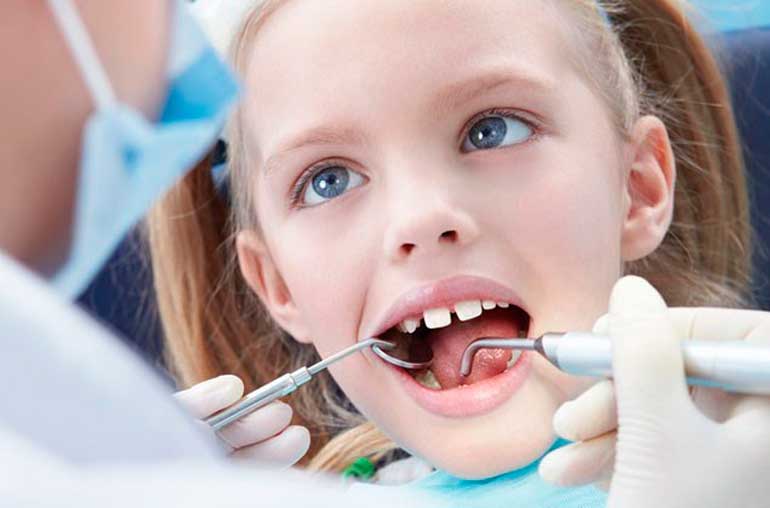


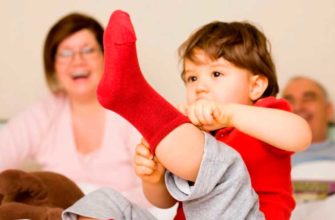


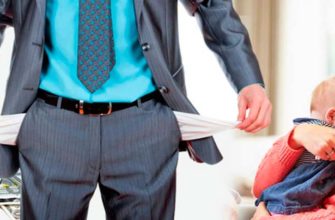
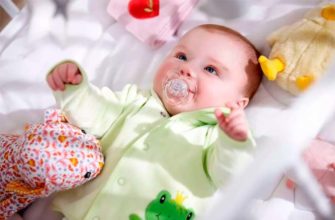
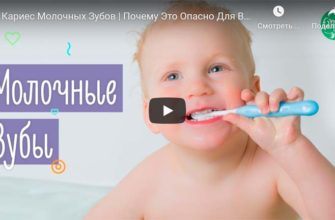
Personally, I do not accept pulling a tooth at home with threads, against a door or bite an apple. If the tooth is already loose, then it will fall out by itself, but nevertheless I believe that it will be safer to go to the dentist so that there are no problems in the future.
Almost all of my baby teeth fell out on their own. The only tooth the dentist pulled out for me was a large chewing tooth (like 5 in a row), which was very painful. I remember that the doctor pulled out without anesthesia, and it was terribly painful, she screamed at the entire clinic) Since then there have been not very pleasant memories and associations with dentists)) I believe that if the child is afraid, or the tooth does not stagger, but you need to pull out, it is advisable to agree with doctor about anesthesia for the child (if there are no contraindications).
We tear out milk teeth for our daughter ourselves, of course not all, only the front ones. Others are afraid that I can hurt, we go to the clinic, the doctor still recommends us to use calcium during the period of the teeth change, but neither the cottage cheese nor the cheese at all, I give 1 little thing to the baby formula for Baby Bear calcium. Teeth need to be followed since childhood.